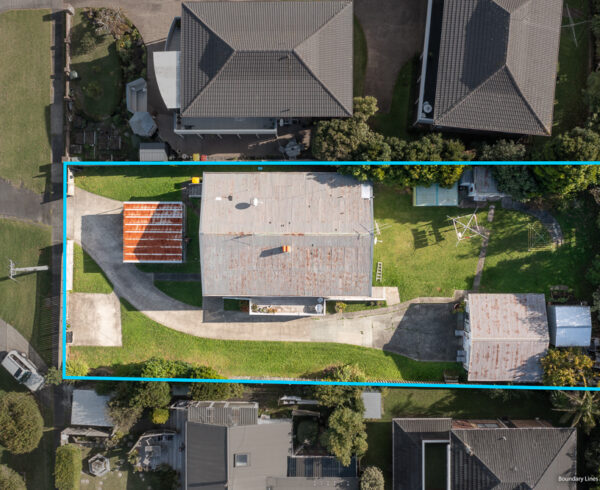So you’re ready to start looking for a new home in earnest? Congratulations! Inspecting potential properties can be both fun and at times draining. Before you begin inspecting property at open homes, the best thing to do is to have a list of features in mind. These would be your must-have features, nice-to-have features and deal breakers.
You’ll probably already have an idea if the property has the features you really want, and now you’re ready to see it up close. So, when inspecting a property, it’s really the best time to look into those deal-breakers. That means getting a good hard look at the properties structure, neighbours, and surrounding area.
So what should you really be focussing on in an open home?
The dwelling’s structure
When inspecting a property, chances are the current owners are going to present the interior of the property in the best possible light. They will have cleaned and tidied, perhaps added a new coat of paint, or even had the home styled with beautiful furniture. Whilst these things will help you to appreciate what the home could look like for you, at this stage, it’s more important to focus on the dwelling’s structure.
Some things to look for include:
- Damage from pests. Recent termite damage in wooden structures is a huge red flag. Have a look for bores through wooden frames, or dirt tubes in the foundation or exterior walls that hint to termite infestation.
- Poor construction. Windows and doors that jar, or cracks in the walls around doors and windows are both signs of poor construction.
- Wet spots on walls or ceilings. Condensation within the home can lead to mould build-up, timber decay, leaks, corrosion and even loss of structural integrity.
- Cracks in the foundation. Some small cracks in a home’s foundation can be harmless, but large cracks either running down the foundation or across could mean a home is shifting, which can cause significant structural damage over time.
- If you’re not entirely sure if what you’re seeing is cause for concern, and you are interested in the property, the best course of action is to enlist the services of a qualified building inspector.
The neighbours
If you’ve gotten to the stage where you’re inspecting the property, then you probably know a bit about the neighbourhood you’re looking in, but what about the neighbours? Take a look at the neighbours on each adjoining border of the property for any clues you might not be comfortable long term.
- Are the neighbours’ yards neat and tidy? It might not directly impact on the property you’re considering, but what about when it comes time to sell the property? Would untidy yards next to yours reflect poorly on the area?
- Do they have pets? It might not be an issue, particularly if you have pets of your own. But look for problem pets. Is a neighbour’s dog barking non-stop during the inspection? Are animals loose or roaming? Is there evidence of pet damage to shared fences or common areas?
- Do you have a comfortable level of privacy? Take a look at different angles around the home, particularly on smaller blocks or apartments. Are you too close to neighbours? Can you easily hear them through the walls?
- Are certain windows placed directly opposite a neighbour’s window? Is the property fenced off from neighbours?
The location
Location means more than the general neighbourhood. You may be attracted to the area, but take a look at the property’s exact location for things that may bother you long-term, hurt re-sale value, or cause lifestyle issues. Things to consider are:
- The property is on a busy main road: Houses on main roads can attract lower prices than those on quieter, private and less congested roads. You’ll also have to get used to the noise of heavy traffic.
- The property is next to a retail or commercial space. This can cause issues with local business traffic, and depending on the type of business, and business hours, there could be additional noise. Also be mindful of properties that are next to land that may be zoned as retail or commercial. Local real estate agents should know this information.
- The property’s proximity to a train line. A home close to public transport is always convenient, but a home that shares a border with a train line, for example can cause a lot of excess noise, potentially hurt re-sale value, and cause safety issues for young family members depending on fencing around the property.
- Power lines over the land/property. Sometimes found on larger parcels of land, power lines have been known to drop property prices due to being unsightly, sometimes noisy, and due to claims that living close to them long-term can cause health issues.
- The property is on a flood plain. Depending on the city, the climate and the proximity to dams, lakes and watercourses, the potential of flooding on the property will be different. Be wary though, during major floods, houses within the same street, let alone the same neighbourhood, can be affected differently depending on their position, the house design, and hills and slopes.
- These are just a few considerations to look into when going through an open home. After inspecting a property, continue to do your due diligence. Start to research any areas you’re still unsure of, and if you do decide the home is the one for you, enlist the help of independent property inspectors to cast a professional eye over the property.
Best of luck in your house-hunting efforts!







Recent Comments